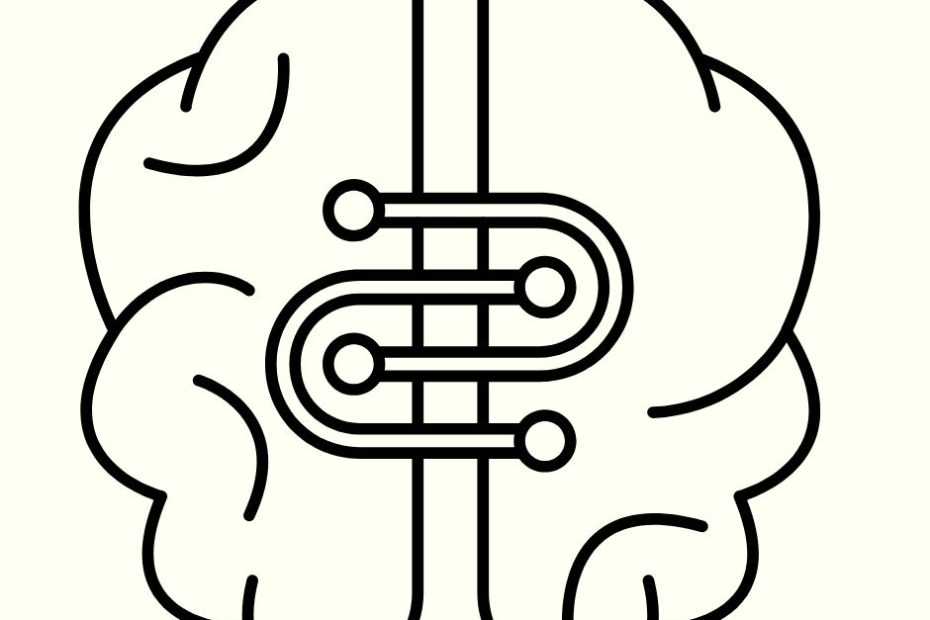Rhythmic Movement Training (RMTi) is more than just another movement program—it’s a powerful neurodevelopmental approach. At the core of RMTi lies the concept that specific, rhythmic movements can help integrate primitive reflexes and reorganize and strengthen neural pathways in the brain.
Brain Plasticity: The Brain’s Ability to Change
One of the most fundamental principles supporting RMTi is neuroplasticity—the brain’s ability to reorganize itself by forming new neural connections throughout life. Neuroplasticity means that the brain is not a static organ; it is capable of adapting in response to experience, learning, and sensory input.
When we engage in rhythmic, repetitive movements—like those used in RMTi—we stimulate areas of the brain responsible for coordination, balance, and sensory processing. This movement-based stimulation activates underused neural pathways and can help form new ones. For individuals with developmental delays, learning difficulties, or trauma-related challenges, these new pathways offer opportunities for more efficient processing, integration, and regulation.
RMTi specifically harnesses this concept by mimicking the innate rhythmic movements that babies naturally perform during early development. These primitive movements are essential building blocks for later motor skills, emotional resilience, and cognitive function.
Sensory- Motor Loops: Integrating the Body and Brain
To understand how RMTi works on a deeper level, we need to explore the sensory-motor loop. This loop describes the constant communication between the brain and body. Sensory information (like touch, pressure, and proprioception) is gathered by the body and sent to the brain for processing. In response, the brain sends motor commands back to the body, which drives movement. This feedback loop is foundational for learning, coordination, and self-regulation.
When there is a disruption in this loop—due to trauma, developmental delays, or neurological conditions—the brain may struggle to interpret sensory input or execute smooth motor output. The result can be poor balance, attention issues, learning difficulties, or behavioral challenges.
RMTi aims to reestablish and refine this sensory-motor communication. Through gentle, rhythmic movements, the body receives consistent and predictable sensory input, which creates a sense of safety in the body and helps the brain to interpret sensory input more accurately without setting off the defensive system. Over time, this repetition strengthens the integrity of the loop, resulting in improved motor control, sensory integration, and cognitive clarity.
Developmental Sequencing: Revisiting the Brain’s Blueprint
Every child is born with a sequence of reflexes and movement patterns that form the foundation for higher-order brain function. These include primitive reflexes such as the Moro reflex (startle), rooting reflex (touch-based feeding reflex), and tonic labyrinthine reflex (influencing posture and balance). As a child develops, these reflexes should become integrated, paving the way for more complex abilities like crawling, walking, speech, and executive function.
However, in some individuals, these reflexes remain active or underdeveloped, which can interfere with physical, emotional, and cognitive development. RMTi addresses this by reintroducing and replicating the movements associated with early motor development in the correct sequence. Essentially, RMTi allows the nervous system to “go back” and complete unfinished developmental tasks.
By guiding the brain through this developmental sequencing, RMTi provides a second chance for integration. This can help with sensory processing issues, emotional reactivity, attention deficits, and even academic struggles. The movements are simple but profound, echoing the very mechanisms the brain used in its early wiring process.
Movement for the Brain
Current studies in related fields— such as primitive reflexes, occupational therapy, neurodevelopmental therapy, and sensorimotor integration—strongly support the integration of primitive reflexes and recognise that movement based programs have a positive effect on reflex integration and lead to improved outcomes.
Reflex integration movement based practices like RMTi are increasingly used in schools, therapeutic settings, and at home to support children and adults dealing with ADHD, autism spectrum disorders, anxiety, and learning disabilities. The outcomes often include significant improvements in emotional regulation, reading ability, motor coordination, and social interaction following regular implementation of movement based programs.
Movement for the Brain
Movement is far more than a physical act—it’s a neurological tool that can rewire the brain and restore balance to the nervous system. Understanding the power of movement is the first step toward meaningful change. In the rhythm of movement, the brain finds its way back to harmony.
